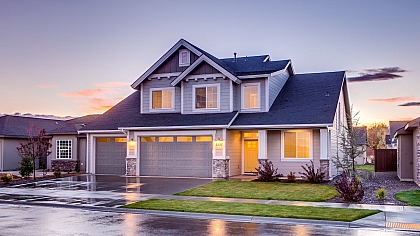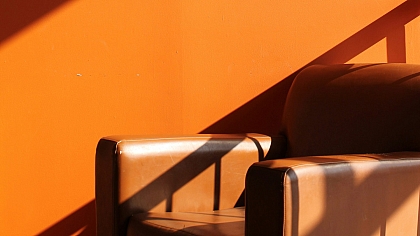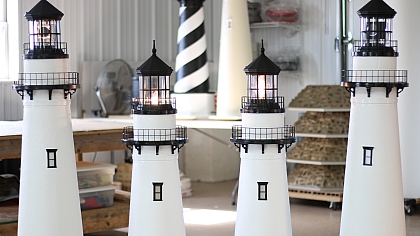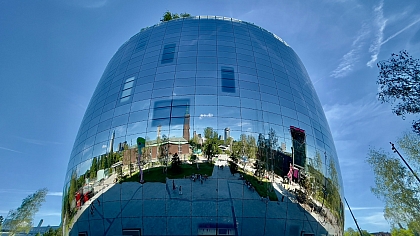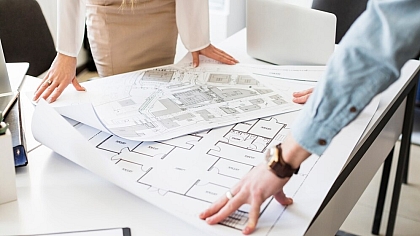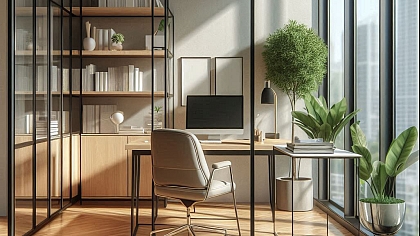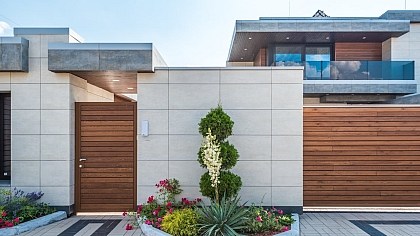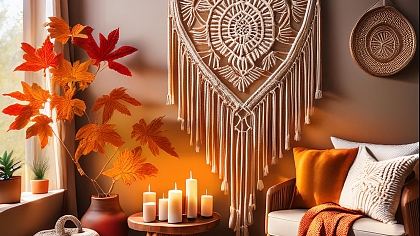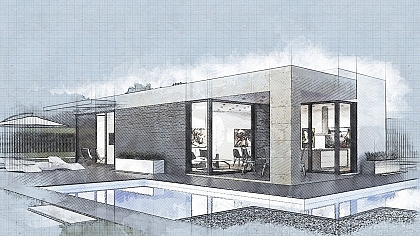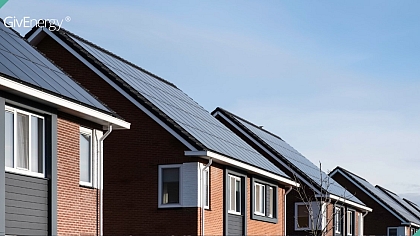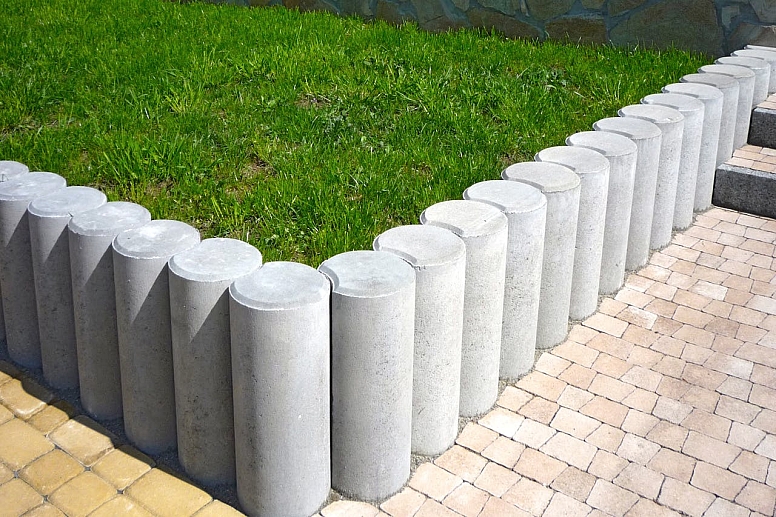
Hardscaping Done Right: Selecting the Best Materials for Outdoor Spaces
Hardscaping is a big part of designing an outdoor space, combining both functionality and aesthetics to create an inviting environment. When selecting hardscaping materials, it is important to consider things like durability, design compatibility, and maintenance.
These materials serve as the foundation for everything from patios to walkways, and they can make or break the overall feel of a property.
Hardscaping Materials
Hardscaping refers to the non-plant elements of landscaping, usually made from solid materials like concrete, masonry, and a number of aggregates. These materials create the structure of outdoor spaces and often take the form of paths, retaining walls, fences, and seating areas.
When combined with softscaping (the plants and greenery), hardscaping offers contrast and depth. It’s not only about the look; the right choice of materials can greatly impact the functionality of your outdoor living areas.
The Popularity of Concrete in Hardscaping
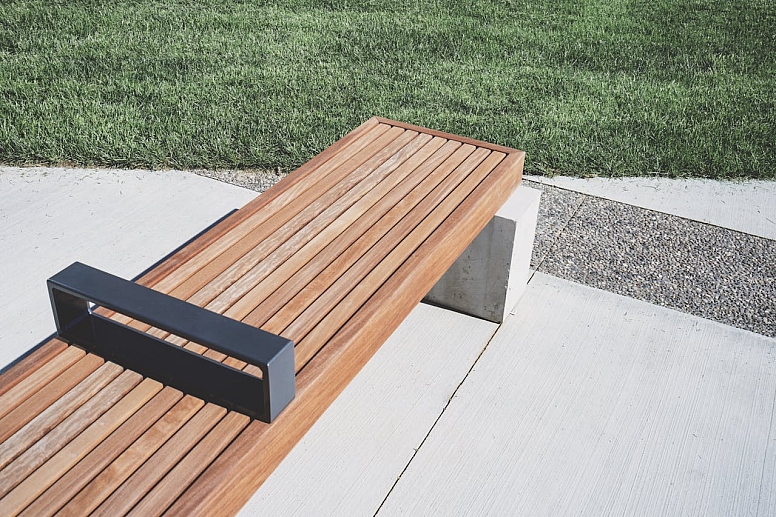
Concrete is an often-preferred hardscaping material, thanks to its durability, versatility, and reasonably low cost. Its ability to be moulded into virtually any shape or size makes it appropriate for a vast array of outdoor designs.
Whether you need a sleek, modern patio or a more rustic, textured surface, concrete can adapt to nearly any style.
One of the main benefits of using concrete is its longevity. Once properly installed, concrete surfaces require minimal maintenance and can withstand most any weather conditions.
It can be treated and coloured in ways that mimic the appearance of other, more expensive materials such as stone or brick. This allows homeowners to achieve a sophisticated look without exceeding their budget.
The Charm and Durability of Masonry
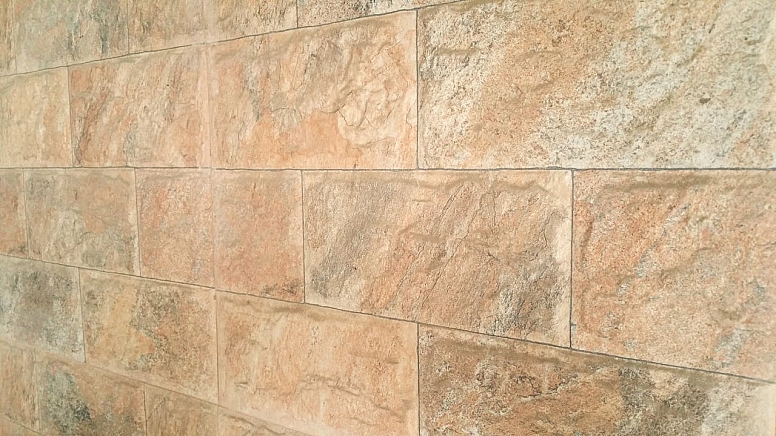
For those who’d like to add a classic touch to their outdoor spaces, masonry materials like brick, stone, and slate are perfect choices. These materials have been used in construction for centuries and have stood the test of time.
Stone and brick are known for their rugged, natural beauty and ability to blend with both traditional and contemporary design elements.
Masonry offers great durability. Stone, for instance, can withstand harsh environmental conditions without losing its visual appeal or structural integrity. Bricks, while similar, offer a more uniform look, making them ideal for creating defined patterns in walkways and walls.
While masonry may come with a higher price tag compared to concrete, its timeless beauty and durability are often considered worth the investment.
Aggregates: A Natural Solution for Hardscaping
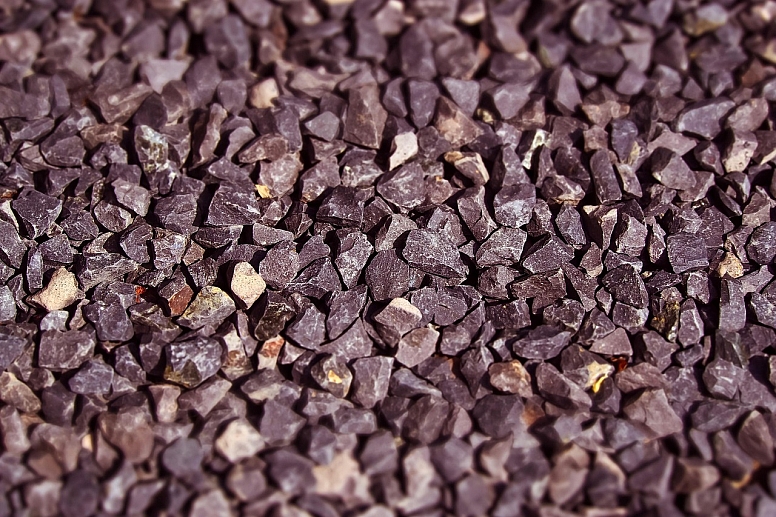
Aggregates are materials that consist of a mix of sand, gravel, crushed stone, or pebbles. They are often used as a base or filler in hardscaping projects, providing drainage solutions or creating decorative surfaces.
Aggregates can be used to build paths, driveways, or patios, and they allow water to flow freely through the ground, preventing issues like erosion or puddling.
One of the advantages of aggregates is their natural look. Whether you go with crushed stone for a rustic appearance or smoother pebbles for a more refined finish, aggregates can be used in several ways to create texture and contrast in your outdoor design.
They also require very little maintenance and, in most cases, can be replenished with ease if necessary.
Choosing the Right Materials for Different Outdoor Living Spaces
When it comes to outdoor living, the selection of hardscaping materials must be customized to the intended function of the space. A patio area, for example, would benefit from smooth, easy-to-maintain materials like concrete or stone pavers. These materials create a comfortable, flat surface for dining or lounging.
On the other hand, walkways and driveways require materials that can support foot traffic and vehicles without deteriorating over time. Here, materials like concrete, brick, and gravel offer durability and strength.
Concrete, in particular, is often favoured for driveways due to its load-bearing capabilities and resistance to cracking under pressure. For a more unique appearance, brick or stone may be used to create intricate designs or patterns.
For retaining walls or garden borders, masonry materials like stone and brick excel in both function and form. These materials provide support for soil and plants while adding a decorative element to the landscape. When selecting materials for these elements, it’s important to choose options that complement the overall style of the space.
The Environmental Impact of Hardscaping Materials
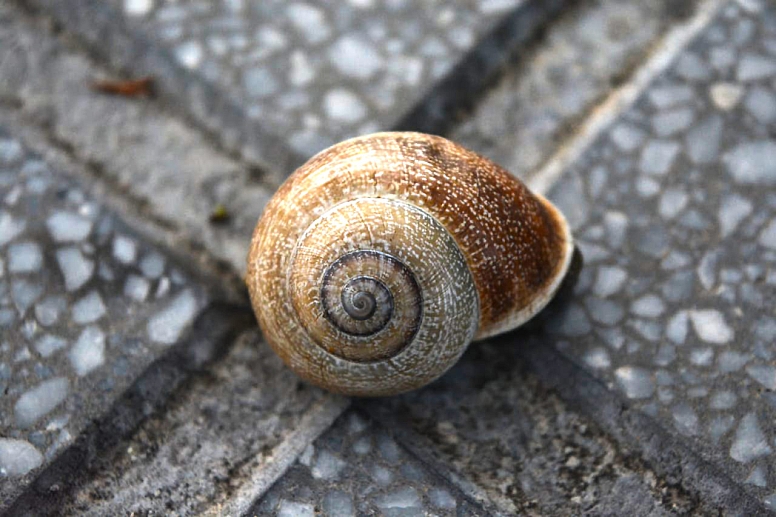
As with any construction material, it’s important to consider the environmental impact of the hardscaping materials you choose. Concrete, for instance, while durable, is not the most eco-friendly material due to the energy-intensive production process.
Alternatives like permeable pavers, however, can reduce the environmental impact by allowing water to pass through and recharge the groundwater.
Aggregates are generally more sustainable because they are often sourced locally and require less energy to produce. If sustainability is a priority, consider using materials that have minimal impact on the environment and those that can be easily recycled or repurposed.
The Importance of Colour and Texture in Hardscaping Design
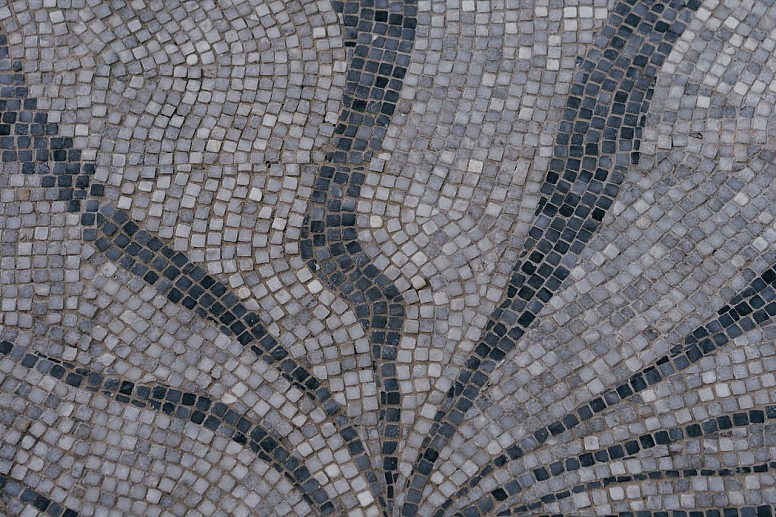
Colour and texture play a major role in the overall design of an outdoor space. The choice of material can affect the mood and aesthetic of the area.
For example, dark, matte finishes often create a more modern or industrial feel, while lighter, rough textures add a rustic or natural vibe. Knowing how different hardscaping materials interact with light and the surrounding vegetation can help create a harmonious and visually appealing space.
Concrete is available in a wide range of colours and textures, from smooth and polished to rough and weathered. Masonry, especially brick and stone, comes in many hues, ranging from earthy tones to vibrant reds and greens.
Aggregates, with their natural variety, provide even more options for creating distinct surfaces.
Maintenance and Longevity of Hardscaping Materials
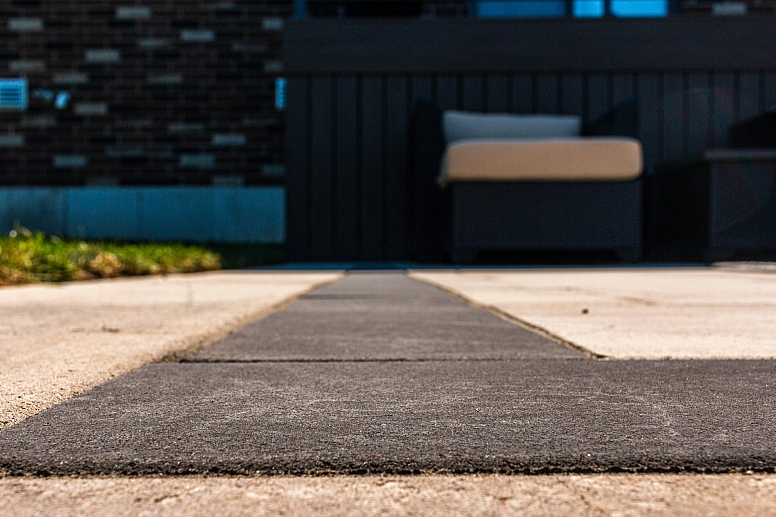
Once your hardscaping materials are selected and installed, their maintenance requirements vary. Concrete, for example, is known for its low-maintenance qualities. With occasional sealing and cleaning, concrete surfaces can last for many years.
On the other hand, masonry and aggregates may require more attention, depending on the environment. For example, stone walls may need to be checked for settling or shifting, while gravel pathways might need to be replenished over time.
In terms of longevity, materials like brick and stone are generally the most durable and can last decades without showing signs of wear. Concrete, while durable, may crack or stain over time, especially if not properly maintained.
Aggregates are often the least durable but can be easily replenished or adjusted as needed.
Making the Right Choices for Your Outdoor Space
Choosing the right hardscaping materials for your outdoor living areas involves careful consideration of both form and function. Whether you select concrete, masonry, or aggregates, each material offers unique advantages in terms of durability, aesthetics, and maintenance.
By knowing the specific needs of your space and the characteristics of the materials, you can create a functional and beautiful outdoor environment that will stand the test of time.

